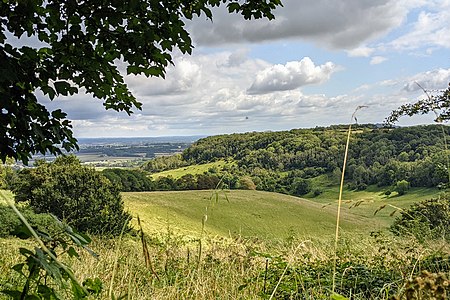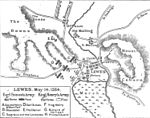Hamsey
AC with 0 elementsCivil parishes in East SussexVillages in East Sussex

Hamsey is a civil parish in the Lewes District of East Sussex, England. The parish covers a large area (1,144 hectares (2,830 acres)) and consists of the villages of Hamsey, Offham and Cooksbridge. The main centres of population in the parish are now Offham and Cooksbridge. Around the main settlements are enlarged fields, isolated old cottages and farms. The winding and undulating parish lanes between banks, old hedge rows, trees, flowery verges and ditches are rightly popular with cyclists and give good views of the Downs.
Excerpt from the Wikipedia article Hamsey (License: CC BY-SA 3.0, Authors, Images).Hamsey
Hamsey Lane,
Geographical coordinates (GPS) Address Nearby Places Show on map
Geographical coordinates (GPS)
| Latitude | Longitude |
|---|---|
| N 50.9 ° | E 0 ° |
Address
Hamsey Lane
Hamsey Lane
BN8 5TF
England, United Kingdom
Open on Google Maps










